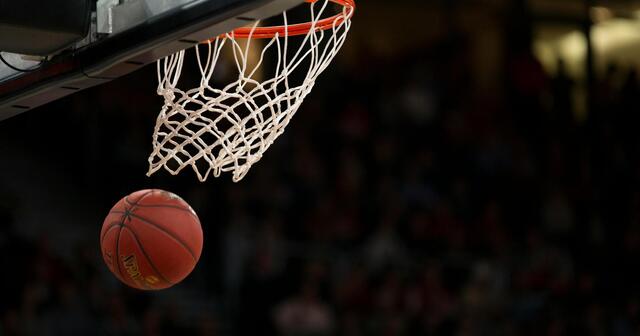
This article originally appeared in The American Spectator March 21 2024.
March Madness came early to the Dartmouth College basketball team. The “Big Green” aren’t set to compete in the famous tournament, but they did vote on March 5 to create the first college sports union, which was certified on March 14. Labor activists and their media allies are already pushing more college teams to unionize, and not just in basketball.
Student athletes should ask themselves some questions first.
To start: Do athletes want to play their favorite sport or fight never-ending political and courtroom battles? If they unionize, the answer will likely be fighting off the court. There’s no precedent for college sports team unions. Federal and state law are anything but clear on the question of student athlete organizing. There are essentially 51 different sets of laws — one in each state and one at the federal level. That’s going to lead to chaos and lawsuits.
Some states are going to fight unions, while others may welcome them. And in some (like my home state of Michigan), state laws make student athlete unions illegal. One potential solution would be congressional action, but is that a realistic possibility — particularly when it comes to a controversial subject like unionization? Athletes are likely to be pulled into the middle of these battles, taking precious time away from the sports they love. None of the legal warring helps athletes compete and win.
Perhaps most importantly, who will the employer be? The individual universities that have the money? The National Collegiate Athletic Association, which has state and private university members? Both? The U.S. Supreme Court has ruled that the NCAA, despite having many state university members, isn’t a state actor for questions of constitutional violations. Would that court be willing to hold that the NCAA is the employer of all of these state university student athletes?
Even if everyone gets along, will a union give athletes an edge over players on other teams? Not likely. Unions seek easier workplace accommodations, which in amateur athletics would equate to restrictions on how much practice and training time athletes get. Assuming individual universities are designated as the employers, if Ohio State’s football team gets more practice time or a better training table than the University of Michigan’s, that may not go well for Michigan — because athletes, both student and professional, prefer to win. The last thing student athletes want is an unfair matchup, but unionization makes unfairness more likely, not less.
What kind of benefits will student athletes get? Right now, they can already earn money from their image and likeness, and, naturally, some college stars are more lucrative than others. But unions, by nature, try to redistribute the wealth. That would mean capping how much some stars can make or requiring that a certain percentage be given to teammates. Surely that’s not what the best players want. It’s not clear whether unionization will affect image and likeness contracts. But if not, what is unionization solving?
Speaking of good players, will unions block them from transferring schools? The players will be tied to union contracts that could stop them from moving around. They’ll also be tied to the terms of those contracts. When disputes arise, they’ll likely take months, if not years, to resolve — union standard time. That would disrupt training and practice even further, taking student athletes out of the game they love, potentially when it matters most to their careers.
And the hardest question of all: What do the unions want in return? They won’t represent student athletes for free because, after all, unions inevitably want money to pay their leaders and spend on politics. They may draw money from scholarships, leaving less money for athletes themselves. They may demand a percentage of what athletes make from their image and likeness, taking more from some than they do from others.
All these are open questions, because the unionization of college sports is a whole new ball game. They’ll take years to answer, and no doubt, many student athletes won’t like the answers. The simple fact is that unionization isn’t the solution that some people claim it to be, especially not for something as dynamic and competitive as college sports. Unionization is this year’s real March Madness, and, as more teams take this path, the chaos will come to dominate college sports all year round.
Permission to reprint this blog post in whole or in part is hereby granted, provided that the author (or authors) and the Mackinac Center for Public Policy are properly cited.
Get insightful commentary and the most reliable research on Michigan issues sent straight to your inbox.

The Mackinac Center for Public Policy is a nonprofit research and educational institute that advances the principles of free markets and limited government. Through our research and education programs, we challenge government overreach and advocate for a free-market approach to public policy that frees people to realize their potential and dreams.
Please consider contributing to our work to advance a freer and more prosperous state.

Donate | About | Blog | Pressroom | Publications | Careers | Site Map | Email Signup | Contact